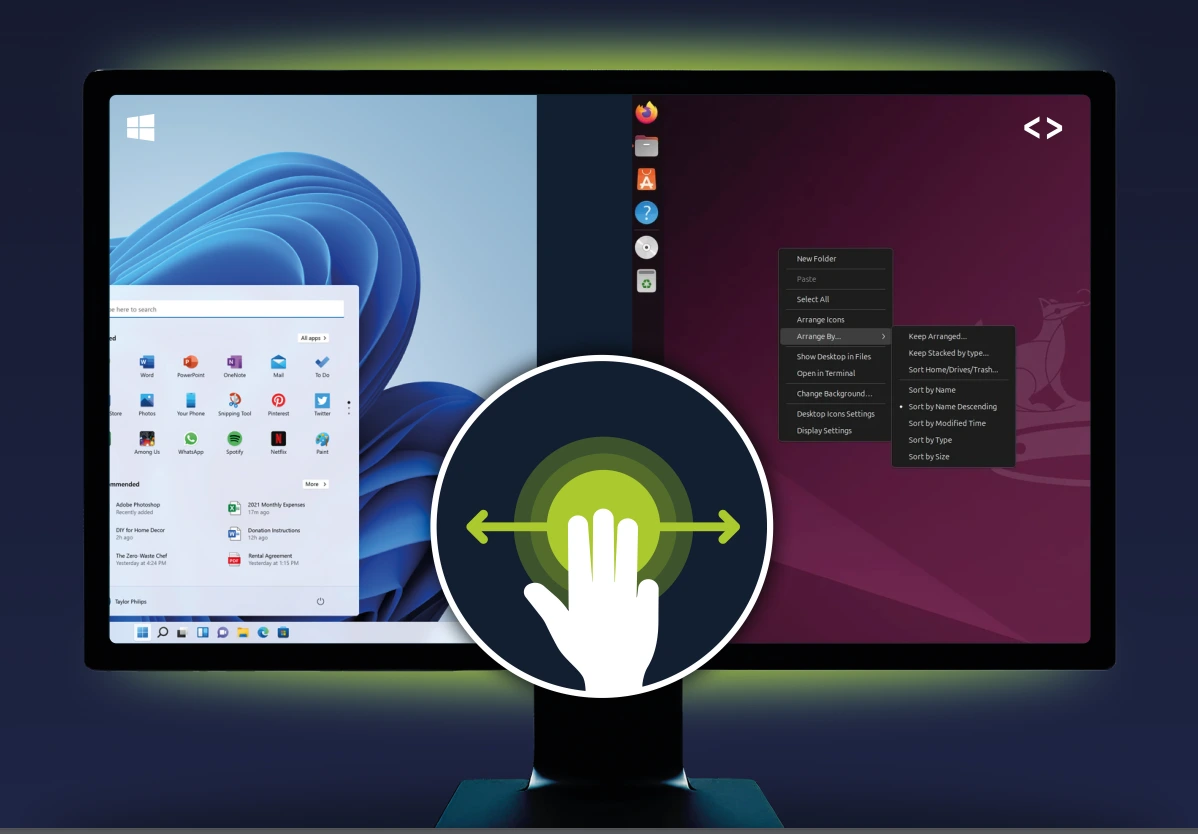Multibooting and virtualization (especially VDI) are commonly used to reduce IT costs as both technologies make it possible to operate several systems on a single computer. However, choosing one or the other will impact the business environment, performance, and security.
What’s the difference between multi-boot and virtualization?
Multibooting requires installing several OS on multiple partitions or disks. Virtualization simultaneously runs various virtual machines through a hypervisor (VMware, Hyper-V, VirtualBox).
On a multi-boot configuration, each OS directly accesses the material, one at a time. Virtual machines (VMs) share the host machine resources but stay isolated from one another. Consequently, virtualization may affect the performance of the hardware.
What is multiboot used for?
Multibooting and virtualization technologies share similar cases such as security auditing, software compatibility, and development. Multiboot configuration is preferred for
- Air-gapped machines for handling highly sensitive data or critical infrastructure management.
- Running security appliances, SIEMs, or IDS/IPS that require full hardware access.
- Forensics workstations, to ensure no cross-contamination between investigations
What is virtualization used for?
Virtualization is ideal for FREMS:
- Forensic analysis and containment.
- Running sensitive or high-risk tasks in isolated VMs.
- Ensuring your hypervisor and VMs meet regulatory requirements (e.g., PCI DSS).
- Malware analysis, penetration testing, and sandboxing.
- Support for disaster.
To cut costs, businesses traditionally adopt a hybrid approach. They use virtualization to increase resource efficiency on day-to-day security operations, testing, and sandboxing. They keep multibooting for high-security environments, performance-critical tasks, and forensics workstations. Maybe that’s what you’ve done too.
But, what if you could have the best of both worlds?
Does it sound too good to be true? Let us show you how we conciliate them.



